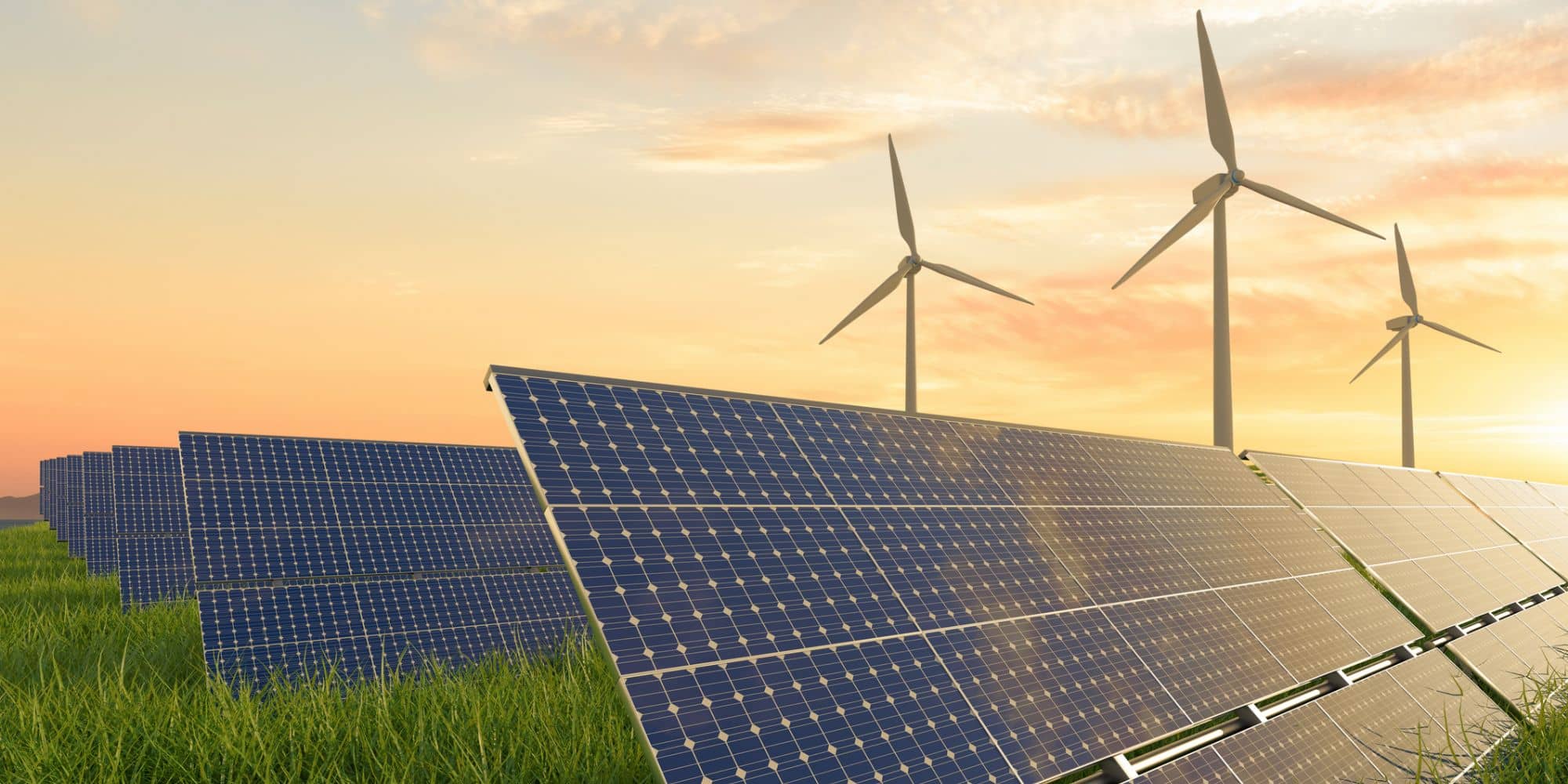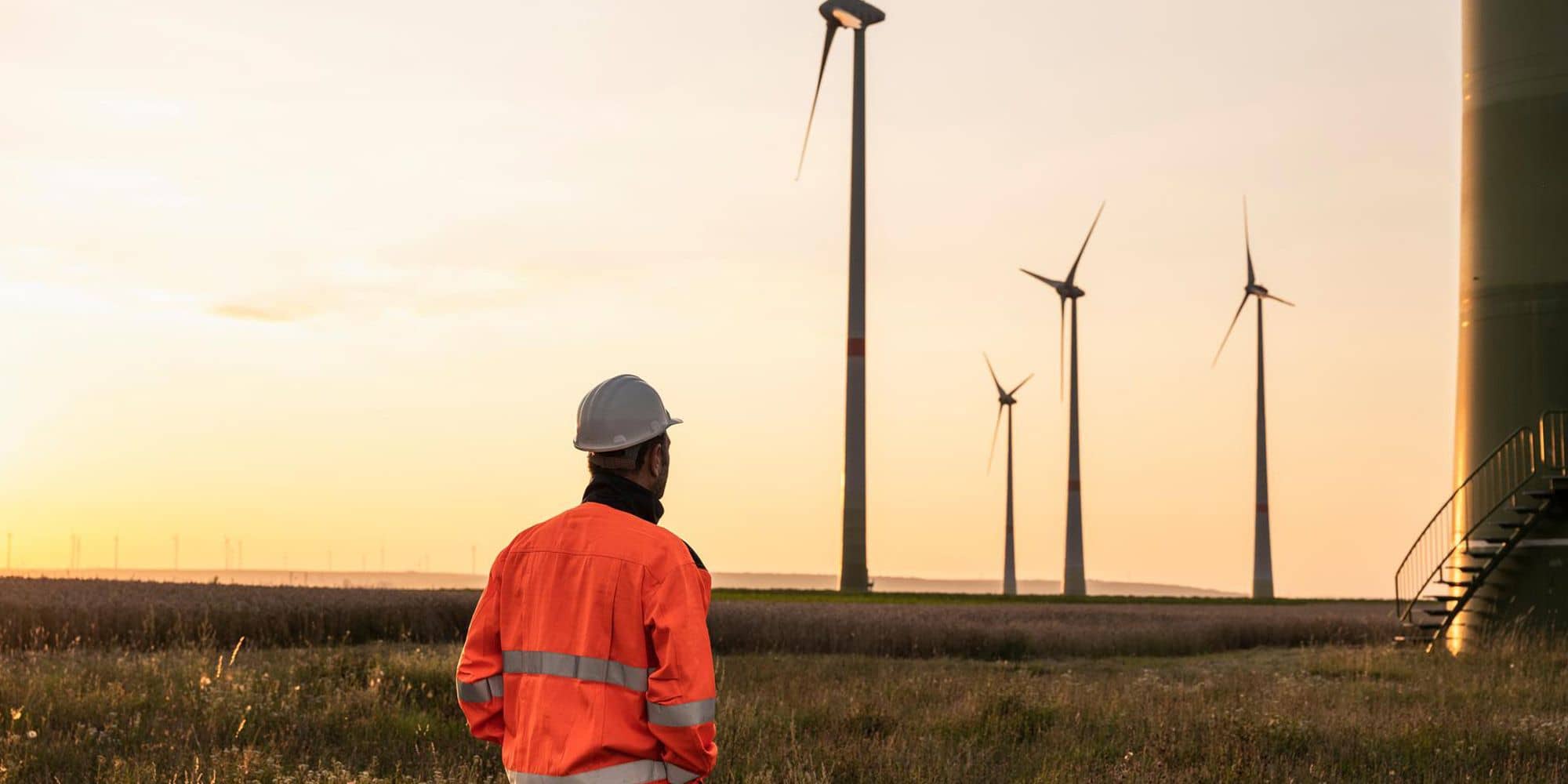
Offshore wind
For the second instalment in our series on the global renewable energy market and its various related technologies, Risk Control Engineer Jan Pagán delves into the world of offshore wind, providing an informed analysis of the sector’s perceived risks from an insurer’s perspective.
By examining key factors such as market volatility, technology trends, and operational challenges, Jan explores both the current landscape and future outlook for offshore wind, highlighting the complexities and opportunities that insurers and developers need to navigate in this evolving field.
Offshore wind summary
We place the offshore wind sector frequency at: Unstable with a downward trend
- Supplier market is limited, with emerging competition from China
- Resilient to extreme weather events
- Operated by experienced developers and well-maintained assets
- Supply chains and vessel availability remain stretched and volatile
- Technological obsolescence poses ongoing risk
- Persistent financial instability due to geopolitical tensions


While onshore wind turbines have increased in size at a faster pace recently, offshore wind turbines have been getting steadily larger since the inception of the sector. We have witnessed the equivalent of city skyscrapers rising ever higher but in the middle of the ocean.
I once believed that 20MW would be the upper limit of how big these wind turbine generators (WTGs) could go because of design and manufacturing constraints – I was proven wrong decisively!
However, recent high-profile – and very public – failure events have brought the offshore wind sector to the forefront of the public consciousness for the wrong reasons. In the private domain, offshore wind turbine components have been hit with issues that are considered serial defects and are affecting almost all WTGs of the same model variant. This is concerning because many WTG designs are based on scaled-up versions of a previous design, which means that just one defect could potentially affect a large number of assets. Components such as main bearings, gearboxes and generators are failing prematurely, and in many cases, they are because of new manufacturing methods.
We believe the drive for ever-larger wind turbines is to blame because it does not allow manufacturers to implement lessons learned. By the time they have acquired this knowledge, they are already working on a bigger wind turbine design which will have new failure modes, and more lessons learned. Another persistent issue that refuses to go away relates to cables, specifically export cables.
A series of cable failures has resulted in very large insurance claims being made due to the difficulty in getting repair campaigns underway. In the UK, this is even more challenging due to the Offshore Electricity Transmission (OFTO) regime that is in place, which has had challenges in resolving issues due to financial constraints, spares strategy, a lack of experience in managing complex cable repair campaigns – or a combination of all the above.

As noted in the economics section, offshore wind faces a difficult environment in the coming months and its future growth prospects rely greatly on a normalisation of the financial environment.
In the US, the Trump presidency has put any future growth plans for the US offshore market on hold, as he promised prior to being elected. Although this will delay the rise of the US offshore market, the growth projections for the rest of the world remain strong even under the current financial environment. Energy security remains one of the strong drivers behind this, apart from trying to meet climate pledges.
Despite the fact we are not yet seeing Chinese manufacturers entering this sector at the pace they are in onshore wind, we do believe that the current financial environment provides a significant opening. Developers have already started to explore the sentiment of insurers on Chinese manufacturers during informal discussions, and the main reason given has always been cost reduction.
Contrary to onshore wind – where insurers have experience with several projects located outside of China that are using Chinese wind turbines – offshore wind outside China is very much dominated by European manufacturers, so there is no operational experience. There is also concern regarding the ability of Chinese OEMs to provide adequate operations and maintenance services under long-term agreements when their supply chain is solely within China.
We see installation vessels as a persistent limiting factor while wind turbines continue to grow. We do believe though that this is an unsustainable trend due to the financial implications.
As with all renewable energy technologies, major component lead times are an increasing concern. Sub-sea cables and other major electrical infrastructure (such as transformers) are the most critical in our opinion due to the prevailing stretched supply chains. Subsea cables could carry lead times of well over a year if the developer does not have sufficient spare cable available, while main power transformers can take more than two years to be replaced.

Offshore wind turbines were tested under what can be considered an extreme weather event off the coast of China in 2024, when Typhoon Yagi directly impacted several wind farms. The limited public information that is available paints a picture of offshore wind turbines coming out unscathed from this event.
Although it is not the only type of extreme event that can affect an offshore wind turbine (earthquakes and tsunamis are other examples), a typhoon or hurricane is the most likely worst-case scenario for offshore wind in terms of a large loss event.
However, we can't base our offshore wind risk modelling on one or two reference points. And to make things worse, the frequency and strength of these storms has been steadily increasing in recent years. The reality is that these structures have only just begun to be installed in regions that are affected by these types of storms.
As more wind farms are installed, we foresee a higher probability of damage due to these events. Depending on their location, two scenarios will play out which will impact the cost to owners and insurers. In the more developed Asia region, there is limited availability of vessels capable of performing lifts of large rotor-nacelle assembly (RNA) components. Therefore, it is very likely that these vessels will need to be brought from Europe, which translates into very high mob/demob costs. Furthermore, as there is a limited pool of these specialist vessels, securing them for such a long repair campaign will be a challenge due to tight schedules.
In the US, the Jones Act requires that all vessels are built in the US, are American-owned and are crewed by Americans, and there is only one Jones Act vessel, the Charybdis, that will allow port-to-point transfers. This would therefore require the use of other more risky and expensive logistical arrangements such as sailing from the EU or Canada directly to a site, or the use of feeder barges.
The bottom line is that both regions present a very high risk of repair delays if an extreme event damages several assets within one or a group of wind farms in the region.

Offshore wind projects have been the subject of several articles regarding rising costs lately. No longer a regional issue, several projects have been placed under review or cancelled in the US, Asia and Europe. Looking deeper, we find that costs for components needed to manufacture a full wind turbine have been steadily increasing.
This was made worse when the pandemic caused havoc on the world’s established supply chains. As if this wasn’t enough, high interest rates in the post-pandemic years have weighed further on the industry. The rising trade tensions between the US, Europe and China have the potential to drive this sector to a halt if China (the world’s largest producer of rare earth metals) decides to significantly limit or stop the export of these materials as a response.
Within the offshore wind sector, the biggest weakness and highest risk is undoubtedly located in the financial viability of the projects. Having a very limited pool of OEMs with huge pipelines is leaving developers with little room for price negotiation.
As a result, we expect to see more projects put under review or cancelled in the short term as the world comes to terms with the new trade rules that are being written during Trump’s second term in office. We also expect volatility to remain high due to the uncertainty in the direction of trade negotiations.
Most of the risk will reside with the developer, but any consequences would be felt across the entire sector. Many suppliers have invested heavily in building up their manufacturing capabilities expecting offshore wind to continue its exponential growth.
If conditions don’t stabilise soon, we could see significant losses in the supply chain that could cause a market shift with lasting effects.
Last updated: October 2025
Related content
-

Renewable energy reports
Markel investigates the intrinsic risks linked to the renewable energy sector and associated technologies.
-

Onshore wind
In the first instalment of our series, Jan Pagan analyses the perceived risks within the onshore wind energy sector.

